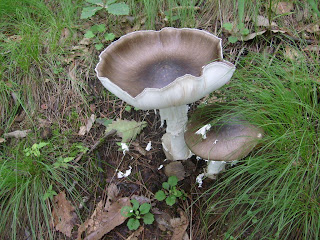
At 4:00 a.m., crawling up a hill in the dark, you begin counting the hours until you leave boot camp temple. Your legs move out of stubborn will but remind you with every step that they'd rather not.
Eventually you make it to chanting, and follow along on the slow chant even though you're reading hangeul. Feeling brave, you try the same on the fast chant (for the musicians, think: syllables at around 140/minute or so) and quickly are lost. Out of boredom you make up your own words, partially cathartic, and partially reviewing recently-learned Korean words:
paegop'ayo, p'igonhaeyo,
sundubu chige meoggoship'eoyo, chagoship'oyo
ilbangt'onghaeng means "one-way street"
pissan ieyo, kakka juseyo
man-on, man-on, kakka juseyo
tari apayo, manhi apayo
(repeat)
English:
I'm hungy, I'm tired
I want to eat soft tofu stew, I want to sleep
"ilbang tonghang" means one-way street
that's expensive, give me a discount
10k won, 10k won, give me a discount
my legs hurt, they hurt a lot
And so on. The second full day, apart from the tiredness (lack of sleep) and aching body wasn't terribly distinguishable from the first but for the 108 bows.
The 108 bows, or baek-pal bae, are done to show humility, contemplate mistakes, and reflect on the decision to live rightly. These are not waist-bows. These are feet-together, in a controlled motion (read: using the legs) fall to the knees, press head to the floor, stand up in another controlled motion (same leg muscles), and repeat for 20 minutes bows. By halfway through your cushion is sweat-stained by your forehead. And then you have lunch, archery, chores, and training.
An aside on archery would fit nicely here, so I'm going to throw it in. It's fun. It's exhausting. Just pulling the bowstring back takes a fair bit of arm and back strength. Letting it fly with accuracy while you're shaking from the effort isn't easy by any means. Proper technique is essential--small failures result in scraped thumbs (from the arrow, your thumb acts as a bridge), or reddened arms (from the bowstring snapping them).
The rest of this story is pretty much the same, and will be omitted, as I am trying to keep this brief because there was a centipede on the cubicle next to me in the PC bang, now it is out of sight, and I fear it will pop up from the keyboard when I am not looking, and I will scream. More on Golgulsa and my return to Gyeongju (and the very excellent Yangdong folk village) soon.
[Pic: Sunmudo training center.]





